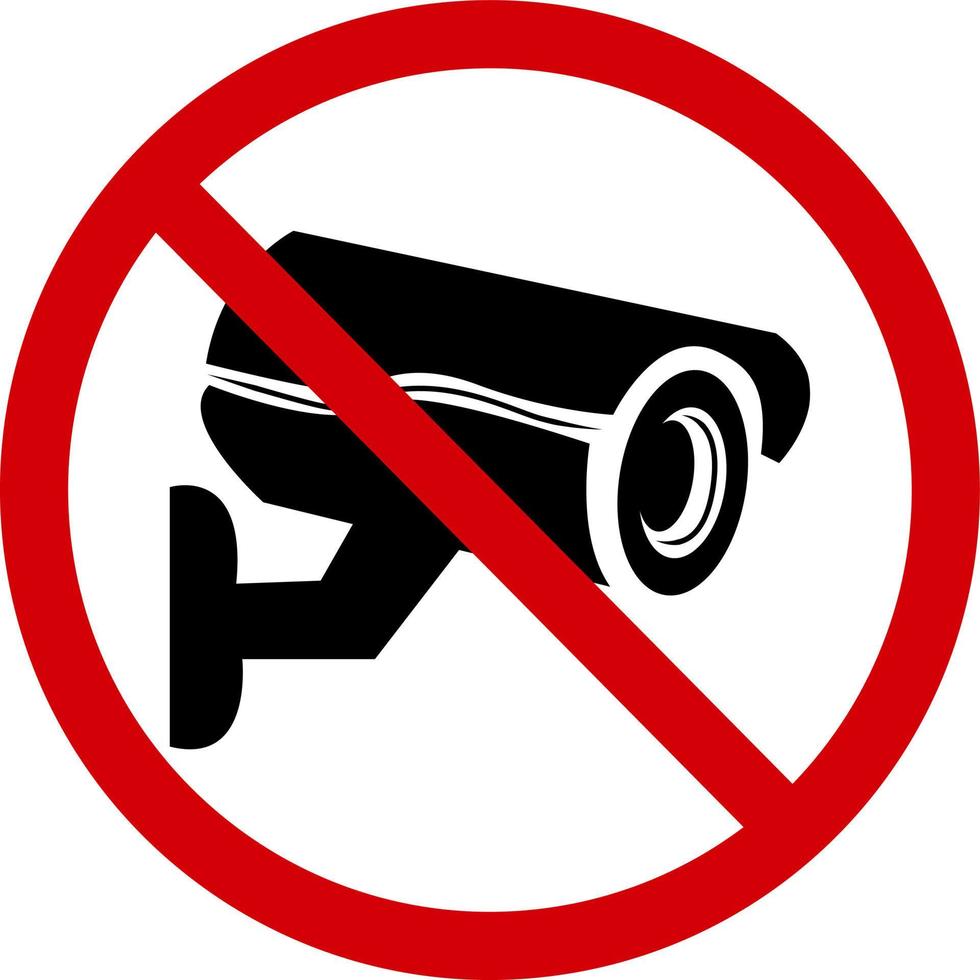

I have a cheap N100 mini-PC with Lubuntu on it with Kodi alongside a wireless remote as my TV box, and use my TV as a dumb screen.
Mind you, you can do it even more easily with LibreELEC instead of Lubuntu and more cheaply with one of its supported cheap SBCs plus a box instead of a mini PC.
That said, even the simplest solution is beyond the ability of most people to set up, and once you go up to the next level of easiness to setup - a dedicated Android TV Box - you’re hit with enremovedtification (at the very least preconfigured apps like Netflix with matching buttons in your remote) even if you avoid big brands.
Things are really bad nowadays unless you’re a well informed tech expert with the patience to dive into those things when you’re home.


Worry not: in 20 years’ time people born in 2028 will all pretty much look like kids to you.